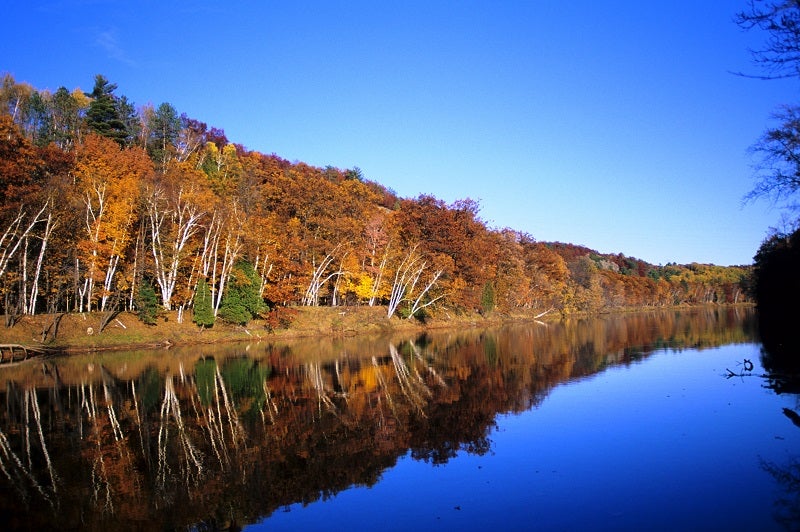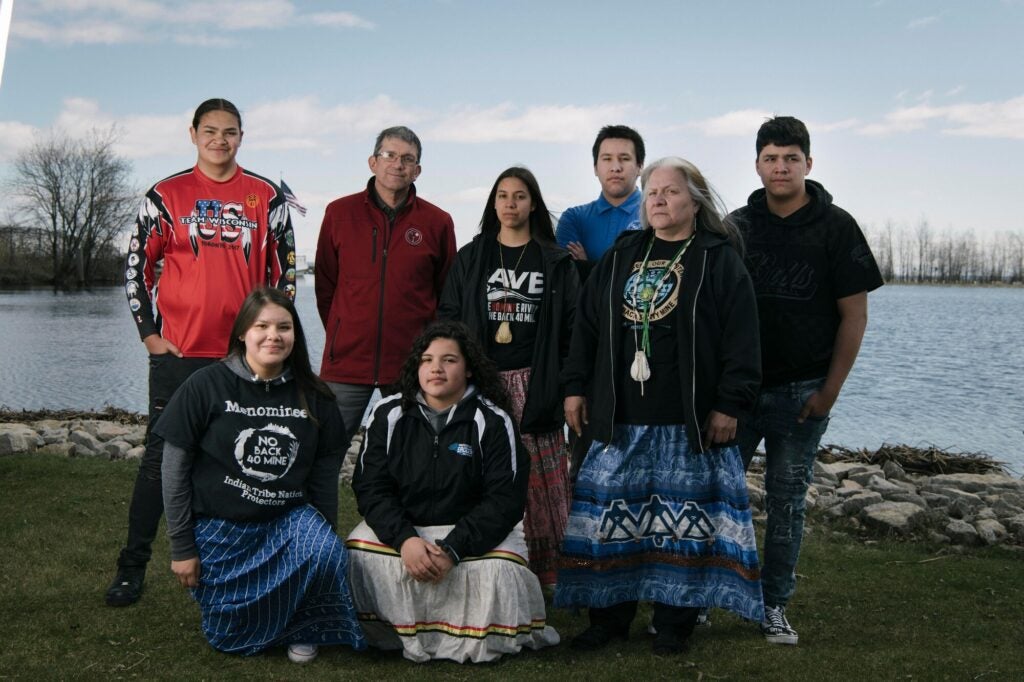Protecting the Menominee River from the Back Forty Mine
The pit would span 84 acres and be 750 feet deep under current plans, stretching far beneath the river’s natural waterline and affecting hydrology throughout the area. In addition, the complex includes a huge processing plant, two large holding ponds for hazardous mine waste and substantial slag piles of overburden from the mining process.
Clients
Regional Office / Program
Case Overview
The Back Forty project is an open-pit mine and minerals-processing facility proposed by Aquila Resources, Inc. The proposed mine pit is no more than 50 yards from the Menominee River, which flows into Green Bay in Lake Michigan. The pit would span 84 acres and be 750 feet deep under current plans, stretching far beneath the river’s natural waterline and affecting hydrology throughout the area. In addition, the complex includes a huge processing plant, two large holding ponds for hazardous mine waste and substantial slag piles of overburden from the mining process.
This massive undertaking is an unacceptable risk to the region’s wetlands and waters. The Great Lakes represent more than 20 percent of the world’s fresh surface water, and 95 percent of the fresh surface water in the United States, with millions of people relying on these waters—commercially, and for drinking water, from tiny towns to cities like Chicago. At least seven counties in the region — including the host county of the Back Forty project — have passed resolutions opposing the mine development.
Further, the proposed mine site has invaluable historic and cultural significance to the Menominee Tribe, which has deep ties to the river that bears the Tribe’s name.
The Tribe’s concerns include the federal agencies ignoring their federal trust and treaty responsibilities to the Tribe and, in effect, allowing the project to skirt key cultural and environmental-protection steps in the permitting process, when they should be providing critical oversight for a project this large with such great potential risks to public health and the environment.

Case Updates
Case page created on May 14, 2021.
